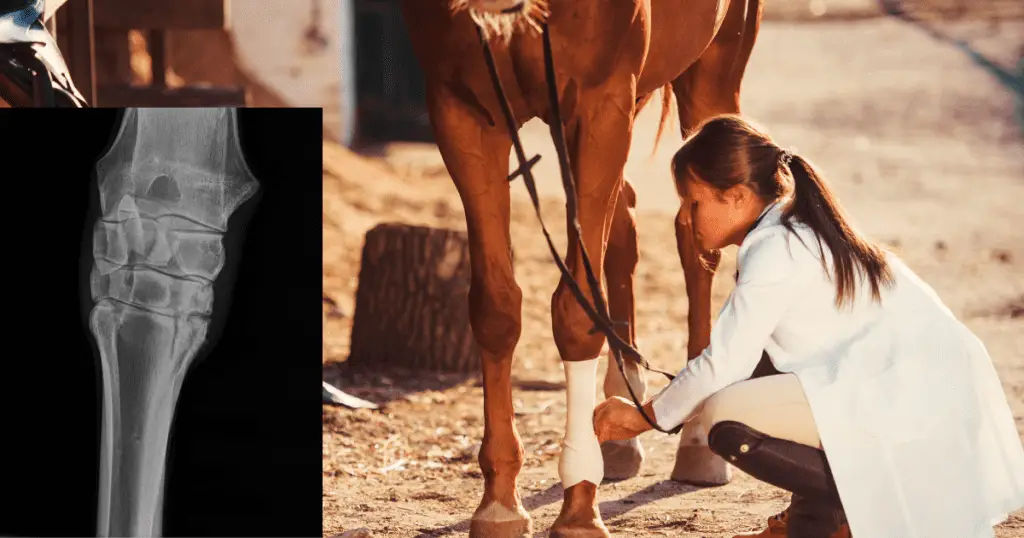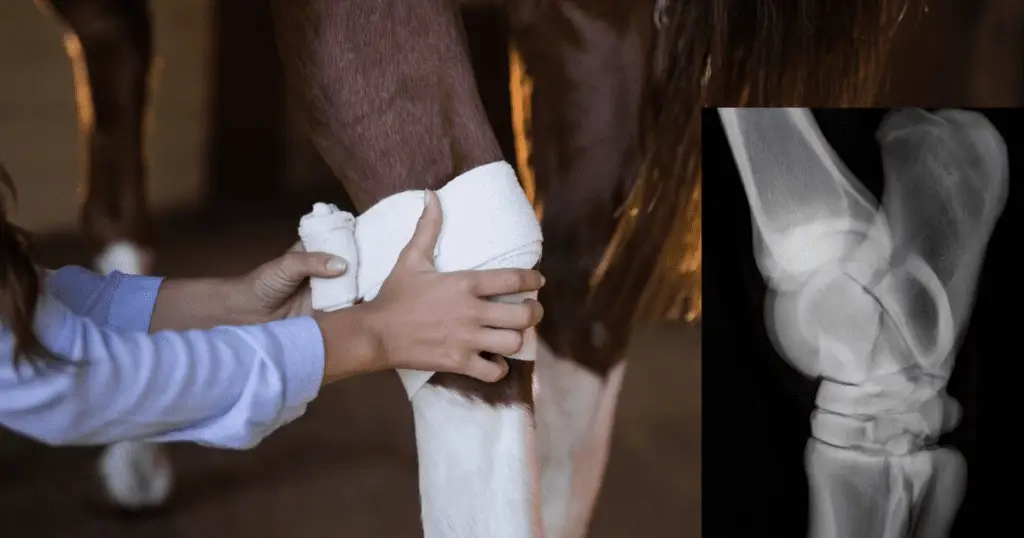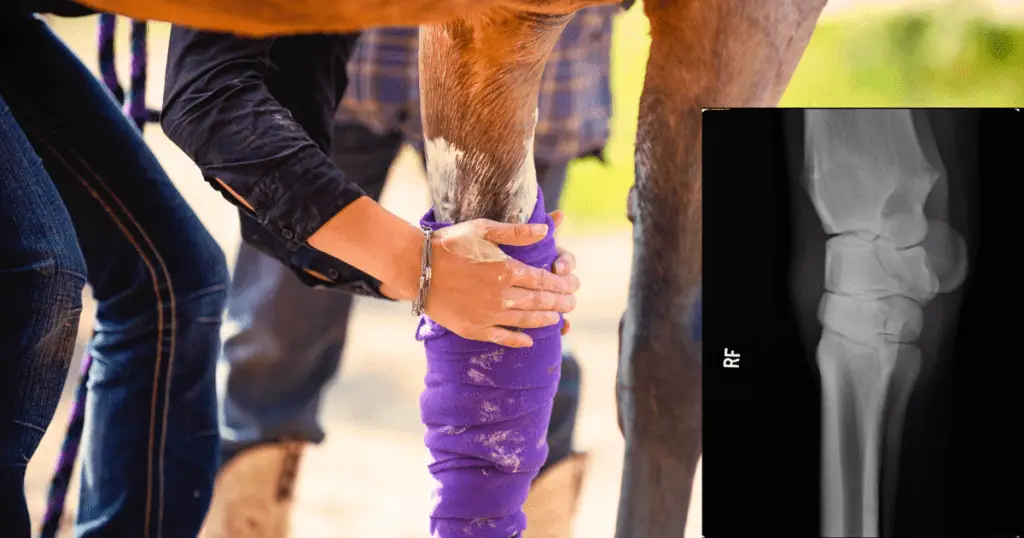How To Bandage A Horses Cannon (Horses Leg) – Complete 5 Step Guide with Video
Learning How To Bandage A Horses Cannon (Horses Leg) is an important part of horse care, particularly when the horse is engaged in activities that can cause injuries or strains. Proper bandaging can help prevent and treat injuries, provide support to the horse’s legs, and reduce swelling. Here are the steps to bandage a cannon on a horse:
Materials Needed:
- Clean, dry leg wrap or polo wrap
- Standing wrap
- Bandage pins or adhesive tape
- Scissors

How to Bandage A Horses Cannon (Horses Leg)
Step By Step Guideline
Step 1: Prepare the Horse’s Leg Before bandaging
The horse’s leg should be clean and dry. Check for any cuts, scrapes, or other injuries that may need attention before bandaging. Clean the leg with a damp towel if necessary and make sure it is completely dry before starting.
Step 2: Apply the Leg Wrap or Polo Wrap Starting at the bottom of the leg
apply the leg wrap or polo wrap in a spiral pattern, wrapping upwards towards the knee. Make sure the wrap is snug but not too tight, as a tight wrap can restrict circulation and cause injury. When wrapping the cannon bone, ensure that the wrap is even and smooth, without any wrinkles or bumps that could cause irritation.
Step 3: Secure the End of the Wrap Once the wrap has been applied
Secure the end of the wrap with bandage pins or adhesive tape. Make sure the pins or tape are not too tight, as this can cause discomfort for the horse.
Step 4: Apply the Standing Wrap Next
apply a standing wrap over the leg wrap or polo wrap. This provides additional support to the leg and helps to keep the leg wrap in place. Start at the bottom of the leg, just above the hoof, and wrap upwards towards the knee. Use a figure-eight pattern around the knee to provide extra support to the joint. Make sure the standing wrap is snug but not too tight, and that it covers the entire leg wrap or polo wrap.
Step 5: Secure the Standing Wrap Finally
secure the end of the standing wrap with bandage pins or adhesive tape. Make sure the pins or tape are not too tight, as this can cause discomfort for the horse.
Video: How To Bandage A Horses Cannon
Conclusion
In summary, bandaging a cannon on a horse requires careful attention to detail and a good understanding of proper bandaging techniques. By following the steps outlined above, you can help keep your horse’s legs healthy and protected, reducing the risk of injury and ensuring that your horse is comfortable and well-supported during activities.
Also Read:



